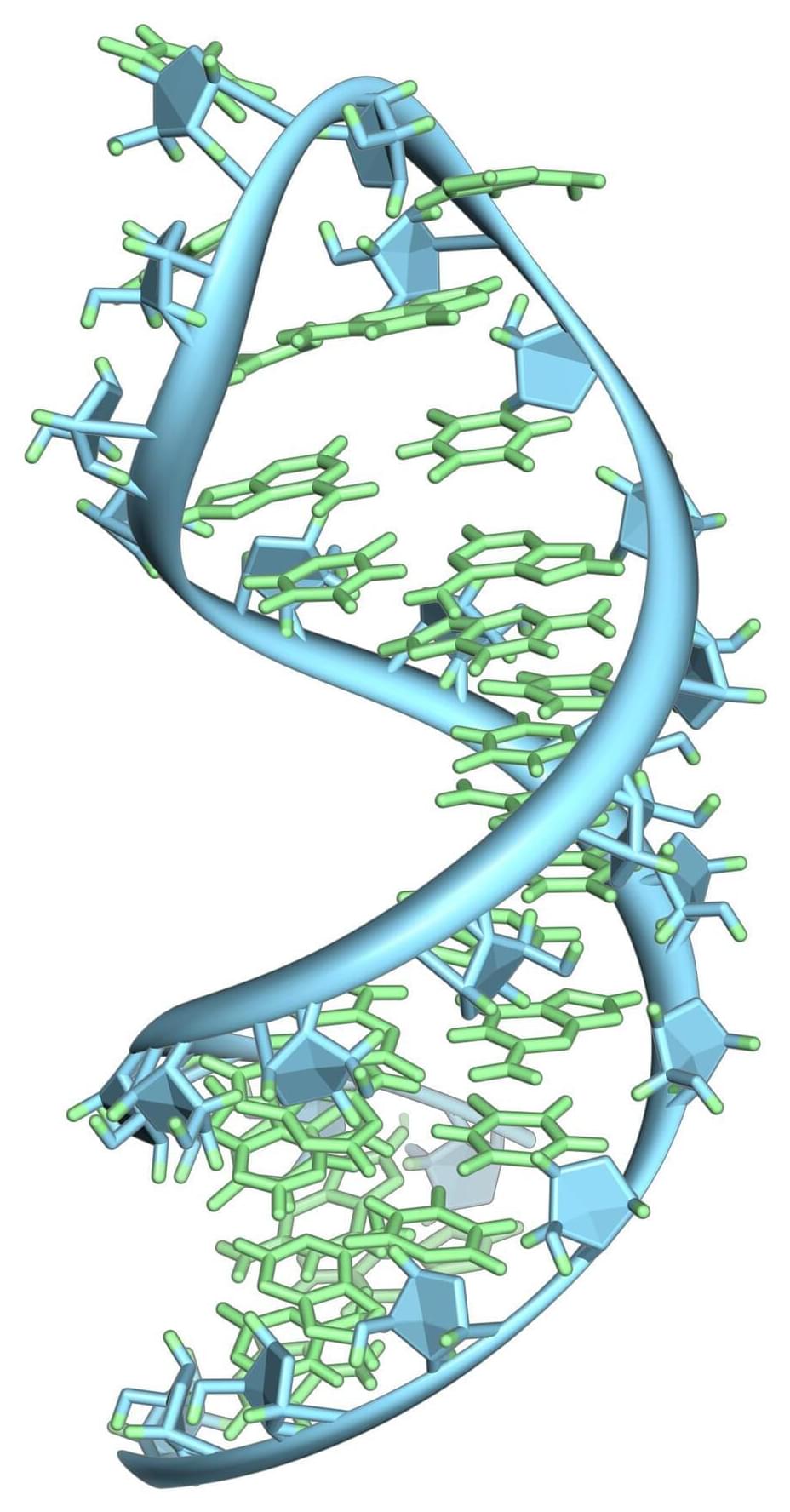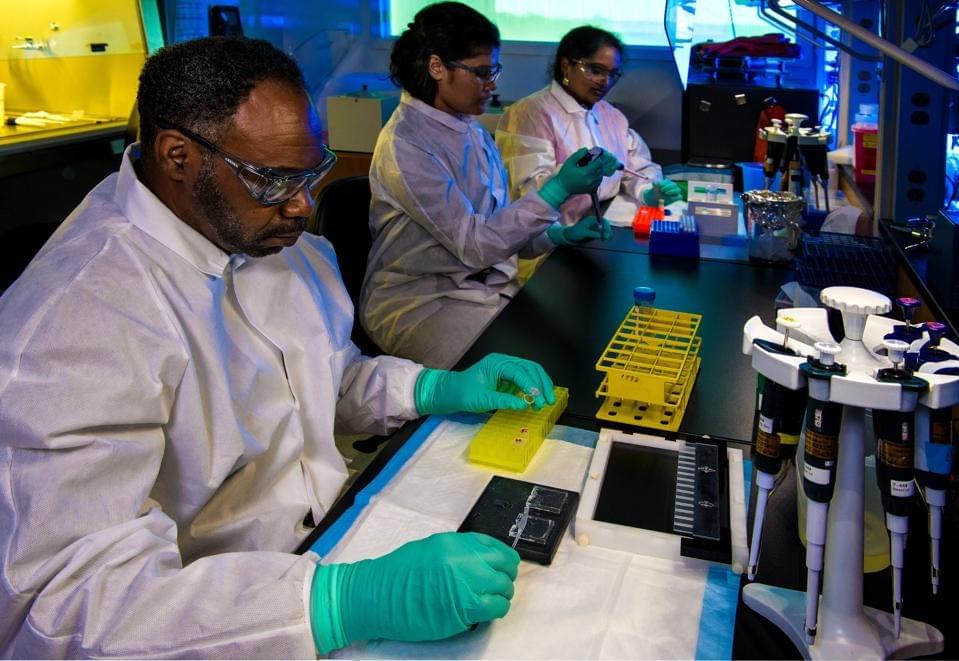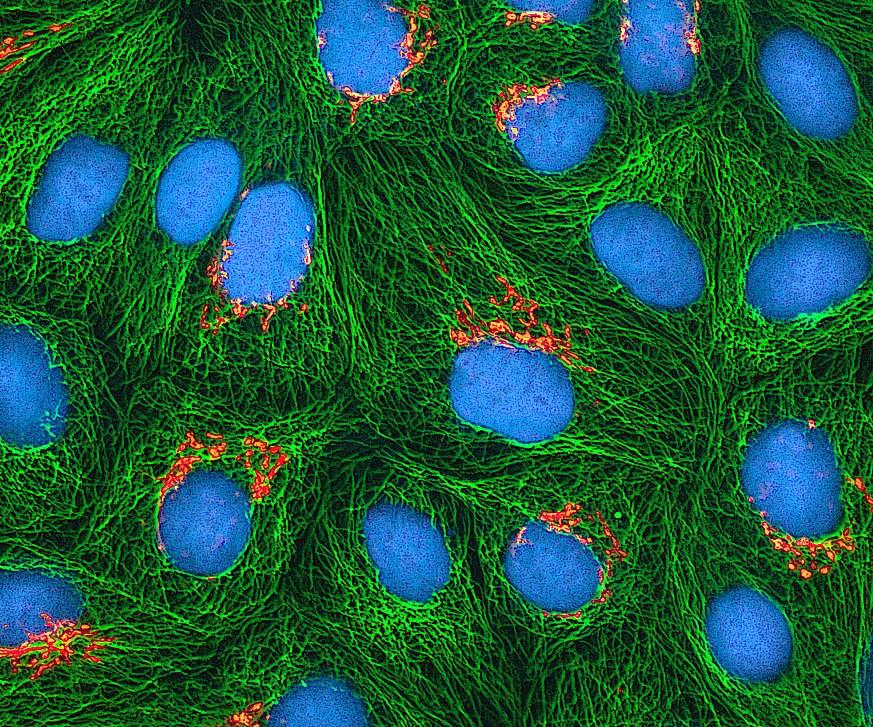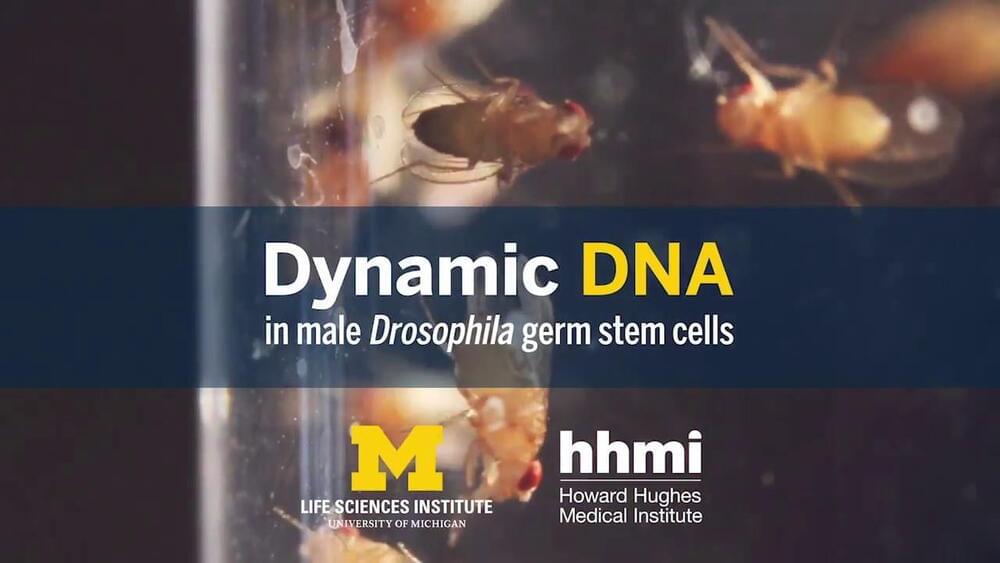This videoclip is an excerpt of a movie produced by CGTN America entitled “Gene Therapies and the Promise of the Fountain of Youth” which was released in January 2021.
He añadido S/T en Español.

This videoclip is an excerpt of a movie produced by CGTN America entitled “Gene Therapies and the Promise of the Fountain of Youth” which was released in January 2021.
He añadido S/T en Español.


So would the private station be a viable replacement for the ISS? The ageing station, which is a partnership between the US, Russia and other nations, is only funded until 2,024 with a 2028 extension looking probable, but it cannot last forever.
Blue Origin says its space station will be fully operational in the late 2020s, but deadline slippage is common when it comes to huge space-related projects like this one. “They can dream of being fully operational in the late 2020s, but in the space sector they often aim for aspirational targets and if they miss it by a year or two or three then they at least have something they’re aiming for until then,” says space analyst Laura Forczyk. “It’s almost inevitable that things take longer and are more expensive than planned.”
Full Story:
Blue Origin, the space-flight firm owned by Amazon founder Jeff Bezos, is planning to build a space station – with the hopes that it could replace the International Space Station (ISS), which is reaching the end of its life.
The Orbital Reef space station, which Blue Origin is developing in partnership with other space firms including Sierra Space and Boeing, is intended to be a multipurpose destination in orbit, where different companies and governments could pay to send their own astronauts and experiments, and space tourists could visit, says the firm. The station is proposed to be slightly smaller than the ISS, with capacity to house 10 astronauts – the ISS generally carries seven crew members, but it has had as many as 13 at a time.
“We will expand access, lower the cost, and provide all the services and amenities needed to normalize space flight,” said Blue Origin’s Brent Sherwood in a statement. “A vibrant business ecosystem will grow in low Earth orbit, generating new discoveries, new products, new entertainments, and global awareness.”

Researchers at MIT and Harvard University have designed a way to selectively turn on gene therapies in target cells, including human cells. Their technology can detect specific messenger RNA sequences in cells, and that detection then triggers production of a specific protein from a transgene, or artificial gene.
Because transgenes can have negative and even dangerous effects when expressed in the wrong cells, the researchers wanted to find a way to reduce off-target effects from gene therapies. One way of distinguishing different types of cells is by reading the RNA sequences inside them, which differ from tissue to tissue.
By finding a way to produce transgene only after “reading” specific RNA sequences inside cells, the researchers developed a technology that could fine-tune gene therapies in applications ranging from regenerative medicine to cancer treatment. For example, researchers could potentially create new therapies to destroy tumors by designing their system to identify cancer cells and produce a toxic protein just inside those cells, killing them in the process.


A team of researchers publishing in Aging have shown that resveratrol reduces inflammation and partially restores function in a rat model of spinal injury.
In line with previous research
This is far from the first study that aimed to use approaches associated with aging research in order to spur regeneration. For example, we have previously reported that removing senescent cells aids in spinal cord regeneration in a rodent model, at least partially because of the associated reduction in inflammation.

Recent advancements in biotechnology have immense potential to help address many global problems; climate change, an aging society, food security, energy security, and infectious diseases.
Biotechnology is not to be confused with the closely related field of biosciences. While biosciences refer to all the sciences that study and understand life, biology, and biological organisms, biotechnology refers to the application of the knowledge of biosciences and other technologies to develop tech and commercial products. Biotechnology is the application of innovation to biosciences in a bid to solve real-world medical problems.
Throw Artificial Intelligence into the mix and we suddenly have a really interesting pot of broth. Several AI trends have already proven beneficial to the development of biotechnology. Dr. Nathan S. Bryan, an inventor, biochemist and professor, who made a name for himself as an innovator and pioneer in nitric oxide drug discovery, commercialization, and molecular medicine, offers his insights on these contributions.

This type of cell could lead to an unlimited cell division in human cells aka a forever lifespan 😃 #immortality
“The sequencing and posting of the HeLa genome brought into sharp relief important ethical and policy issues,” said Dr. Collins. “To understand the family’s perspectives, we met with them face to face three times over four months, and listened carefully to their concerns. Ultimately, we arrived at a path forward that respects their wishes and allows science to progress. We are indebted to the Lacks family for their generosity and thoughtfulness.”
The HeLa Genome Data Use Agreement
The new controlled access policy for full genome sequence data from HeLa cells will give the Lacks family the ability to have a role in work being done with the HeLa genome sequences and track any resulting discoveries. Under the policy, biomedical researchers who agree to abide by terms set forth in the HeLa Genome Data Use Agreement will be able to apply to NIH for access to the full genome sequence data from HeLa cells. Along with representatives from the medical, scientific, and bioethics communities, two representatives of the Lacks family will serve on NIH’s newly formed, six-member working group that will review proposals for access to the HeLa full genome sequence data. In addition, NIH-funded researchers who generate full genome sequence data from HeLa cells will be expected to deposit their data into a single database for future sharing through this process. The database study page will be accessible after the embargo lifts at this url: http://www.ncbi.nlm.nih.gov/projects/gap/cgi-bin/study.cgi?study_id=phs000640.v1.p1. Other investigators will be encouraged to respect the wishes of the family and do the same. Importantly, all researchers who use or generate full genomic data from HeLa cells will now be asked to include in their publications an acknowledgement and expression of gratitude to the Lacks family for their contributions.

Circa 2018
The secrets to immortality may lie in an unexpected place — fruit fly stem cells. Researchers led by Howard Hughes Medical Institute (HHMI) Investigator Yukiko Yamashita have found that some stem cells have a genetic trick to remain young forever across generations. While some areas of the fruit fly genome get shorter as they age, some reproductive cells are able to fix that shortening. Once observed only in yeast, this work, reported in eLife, has revealed more about aging, and how some cells can avoid it.
This work focused on critical genes in ribosomal DNA, rDNA. Ribosomes are cellular organelles that act as protein factories. That rDNA is repeated in several areas of the genome because many ribosomes are needed to make all of the proteins the body needs. Five chromosomes each have spots with hundreds of copies of rDNA. However, that type of redundant sequence can be difficult for cells to replicate accurately every time cell division happens.

“The Rejuvenome Project was launched to target these bottlenecks,” said Nicholas Schaum, PhD, Scientific Director at the Astera Institute. “We hope to do that by characterising treatments and regimens, both established and newly invented, for which we have reason to believe improve health and longevity.”
Previously, Schaum worked as a researcher at Stanford University, California, in conjunction with the Chan Zuckerberg BioHub. He organised dozens of labs and hundreds of researchers into a consortium that produced cell atlases, to characterise aging tissues in mice. These cell atlases became the foundation for Schaum’s further studies into whole-organ aging and single-cell parabiosis.
The Rejuvenome Project is expected to be complete in 2028. All wet lab operations will be centred at Buck, while the dry lab computational aspects will reside at the Astera Institute.